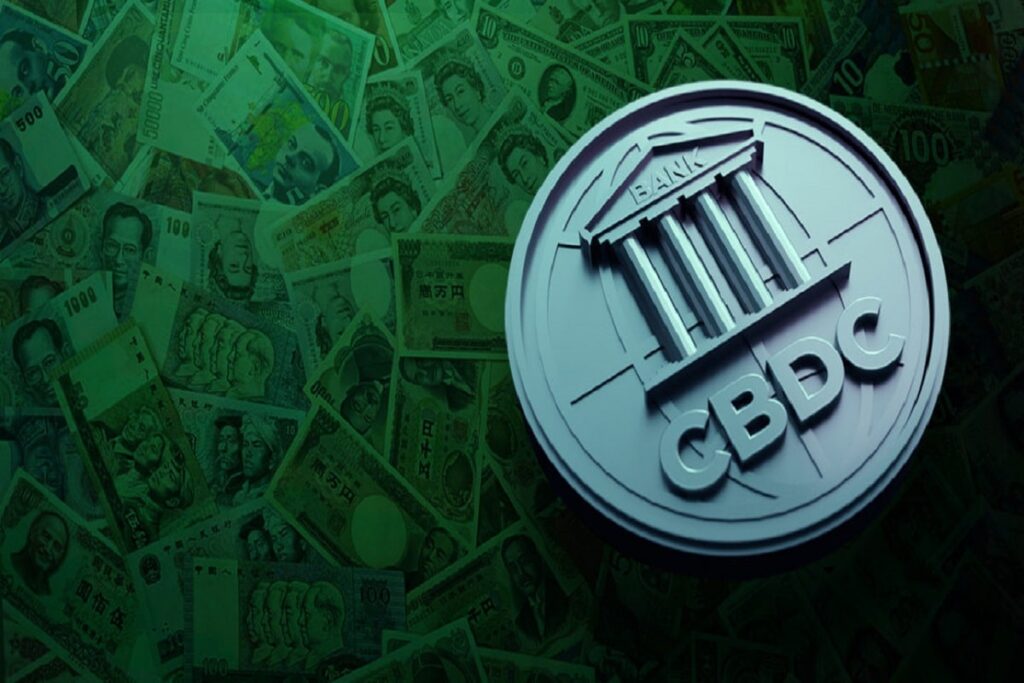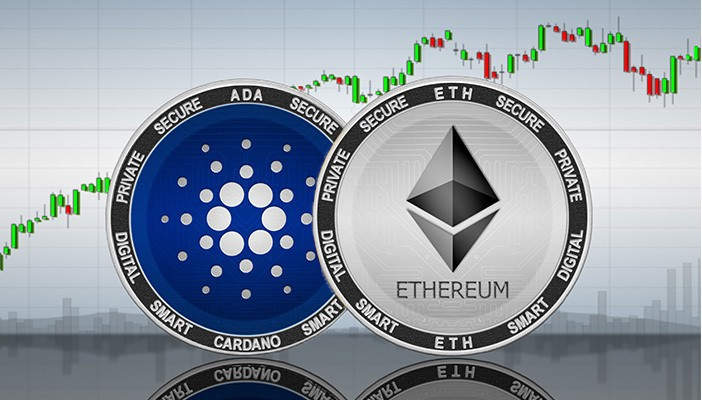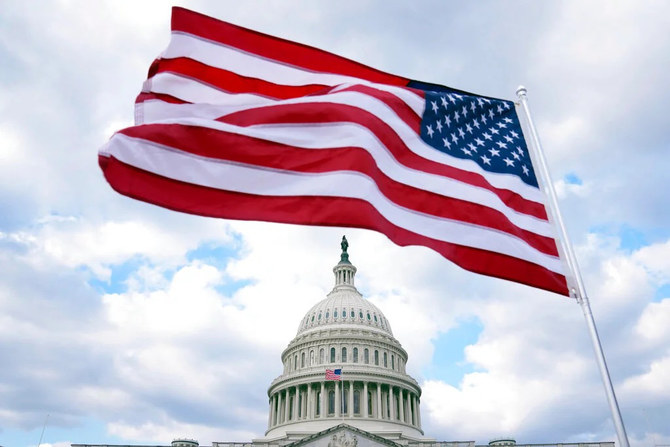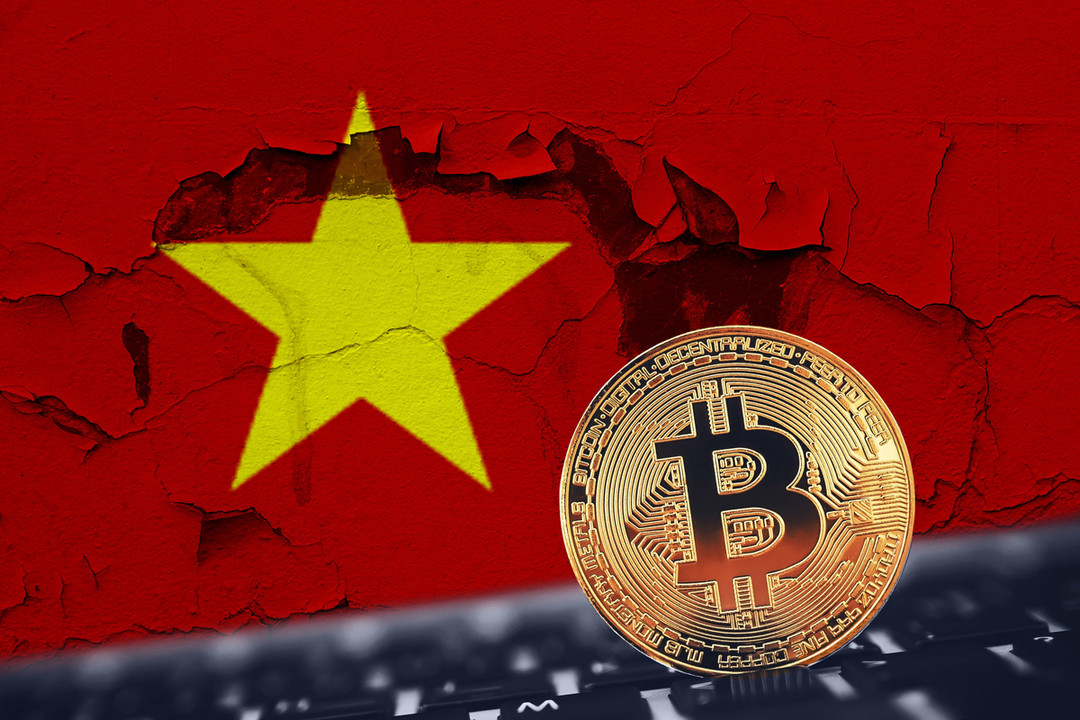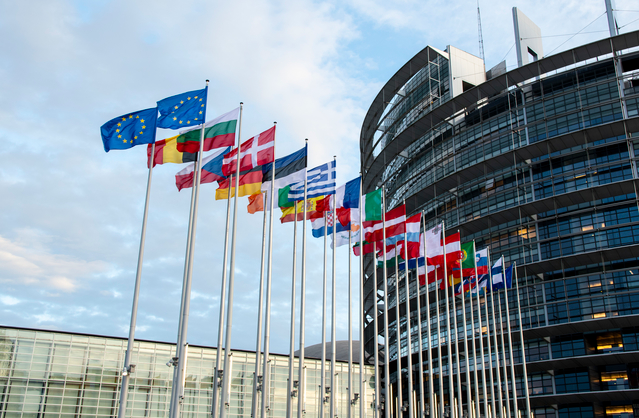As of August 15, 2024, the decentralized finance (DeFi) sector continues to mature, with significant advancements in technology and increasing attention from global regulators. The ongoing evolution of DeFi is reshaping the financial landscape, offering unprecedented opportunities for innovation while facing growing regulatory scrutiny.
Growth and Innovation in DeFi
The DeFi ecosystem has seen substantial growth in 2024, with platforms like Aave reaching new all-time highs in borrower activity, largely driven by the adoption of Layer-2 (L2) solutions like Base and Scroll. These L2 networks have enabled faster and cheaper transactions, making DeFi more accessible to a broader audience. The surge in DeFi activity isn’t limited to lending protocols; decentralized exchanges (DEXs) and yield farming platforms are also experiencing increased user engagement and liquidity inflows.
Furthermore, the integration of traditional financial instruments into the DeFi space is gaining momentum. For instance, tokenized U.S. Treasuries are expected to surpass a $3 billion market cap by the end of 2024, reflecting the growing interest of institutional investors in blockchain-based financial products. This trend is likely to continue as more institutions explore DeFi to enhance returns and diversify their portfolios.
Regulatory Landscape and Challenges
As DeFi grows, it is also attracting more attention from regulators. Governments and regulatory bodies worldwide are grappling with how to oversee a financial system that operates outside traditional banking channels. Concerns include the lack of consumer protections and the potential for DeFi platforms to be used for illicit activities like money laundering or terrorist financing.
Several countries are moving towards stricter regulations. The European Union’s upcoming Markets in Crypto-Assets (MiCA) regulation, for example, will impose comprehensive rules on DeFi platforms, requiring them to meet stringent operational and disclosure standards. Similarly, in the United States, the Securities and Exchange Commission (SEC) has intensified its scrutiny of DeFi projects, particularly those offering services similar to traditional financial products like derivatives and lending.
This regulatory tightening has consequences. Some DeFi platforms are exploring ways to become more compliant, such as introducing Know Your Customer (KYC) protocols and collaborating with regulators to ensure they meet anti-money laundering (AML) requirements. However, these moves are often met with resistance from the crypto community, which values privacy and decentralization.
Global Impact and the Future of DeFi
The regulatory landscape is becoming a patchwork of rules that vary significantly across jurisdictions. This fragmented approach could lead to regulatory arbitrage, where DeFi platforms operate in regions with the most favorable regulations, potentially undermining global efforts to create a cohesive regulatory framework.
Despite these challenges, the future of DeFi remains promising. The development of more scalable and user-friendly platforms, coupled with the integration of DeFi into traditional financial systems, suggests that DeFi will continue to play a crucial role in the global financial ecosystem. However, for DeFi to reach its full potential, it will need to navigate the complex and evolving regulatory environment, balancing innovation with compliance.
In summary, DeFi is at a critical juncture. As it continues to grow and attract both retail and institutional investors, the sector must address the regulatory challenges that come with its increasing prominence. Balancing the need for innovation with the demands of regulatory compliance will be key to the sustainable development of DeFi in the years ahead.



